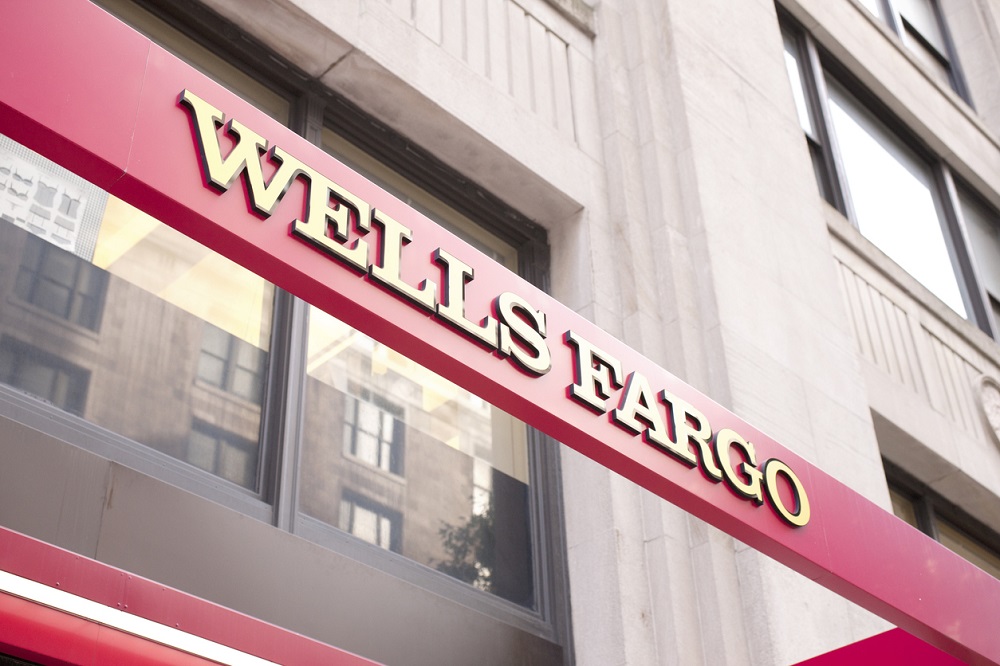Wells Fargo had an abysmal quarter, posting a $2.4 billion loss – its first loss since the Great Recession – and cutting its quarterly dividend by 80%. And according to CEO Charlie Scharf, the banking giant largely has itself to blame.
The bank added $8.4 billion to its allowance for credit losses as a result of COVID-19, according to a Wednesday conference call with investors. It’s also still operating under an asset cap enacted by the Federal Reserve, which Scharf said led to a 13% drop in net interest income.
But ultimately, Scharf said that Wells Fargo’s litany of scandals – including opening millions of fake accounts, charging improper mortgage fees, and more – were the driving forces behind its poor performance.
“We are responsible for the position we’re in,” Scharf said. “The balance sheet cap exists because leadership failed to both oversee and build the appropriate infrastructure of the company, and our financial underperformance is because leadership didn’t make the difficult decisions necessary.”
In February, Wells Fargo was slapped with a $3 billion fine for the fake-accounts scandal.
Scharf also said that the lending giant’s expenses were too high.
“To repeat, there is nothing structurally different about Wells Fargo that should prevent us from being as efficient as our large peers, but we are far from it,” he said. “For us to bring our level of efficiency close to our peers, the math would tell you we need to eliminate over $10 billion of expenses.”
Although Scharf did not mention it in the earnings call, Business Insider has reported that the bank intends to eliminate tens of thousands of jobs later this year as part of its cost-cutting effort.
Wells Fargo has also tightened qualifications on some mortgages, requiring new customers who want to refinance a jumbo loan to have at least $1 million in assets with the bank. Wells Fargo also placed a temporary freeze on applications for home equity lines of credit in May.

